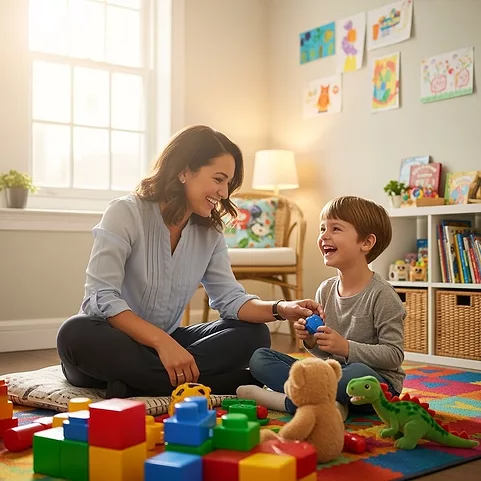What is the Minimum Effective Dose of OROS Methylphenidate for Adolescents?
Subject:
ADHD
Short Description:
What is the Minimum Effective Dose of OROS Methylphenidate for Adolescents?
Background:
Dosing stimulants is never easy. There are various rules of thumb—for example, 0.5 mg/kg for amphetamine preparations and 1 mg/kg for methylphenidate preparations—but these have not been empirically validated. Ortho-McNeil Janssen funded a recent study designed to define the optimal dose of their medication OROS methylphenidate (Concerta, a controlled release MPH that lasts for 10 to 12 hours) for adolescents. Two hundred and twenty adolescents ages 13 to 18 with ADHD were enrolled in a four-week, open label trial examining escalating dose-titration of OROS MPH to determine minimum dose required for response (defined as a 30% or greater reduction in baseline ADHD Rating Scale score and a rating of “good” or “excellent” on the Global Assessment of Effectiveness Scale). All participants started with 18 mg of OROS for one week. Nonresponders had their doses raised in weekly increments (from 18 mg to 36 mg to 54 mg to 72 mg) until a minimal response was achieved, or they reached the maximum dose for this trial (72 mg). About two thirds (65.4%) of patients required a dose of 54 mg or higher to meet criterion for improvement (27% responded to 54 mg dose; another 38% needed 72 mg to reach response). Eleven patients did not meet the requirements for improvement even at the 72 mg dose. Was there any way to predict which kids would need higher doses? Those with more severe ADHD symptoms at onset required higher doses, but neither age nor height nor weight were significant factors in predicting effective dose. As expected, adolescents required a higher absolute dose of OROS than children to achieve results. However, when the dose is adjusted for weight, adolescents actually need a slightly lower dose than children (0.84 mg/kg, compared to 1.1 mg/kg for younger kids). Fifty-seven percent of participants reported one or more drug related adverse events. The most common of these were anorexia (ranging from 6% to 10% dependent on dose) and headache (ranging from 9% to 11% depending dose) (Newcorn JH et al., J Child Adolesc Psychopharm 2010;20(3):187–196).
TCPR's Take:
While this study was clearly designed to showcase the manufacturer’s product, it is still a useful study clinically, because OROS MPH is used by so many psychiatrists and dosing guidance is always welcome. The authors conclude that a target dose of 1 mg/kg is reasonable for most adolescents.
Newsletters
Please see our Terms and Conditions, Privacy Policy, Subscription Agreement, Use of Cookies, and Hardware/Software Requirements to view our website.
© 2026 Carlat Publishing, LLC and Affiliates, All Rights Reserved.


_-The-Breakthrough-Antipsychotic-That-Could-Change-Everything.webp?t=1729528747)



